Researchers to explore use of holographic cameras and AI-based technology to identify sea lice in ocean
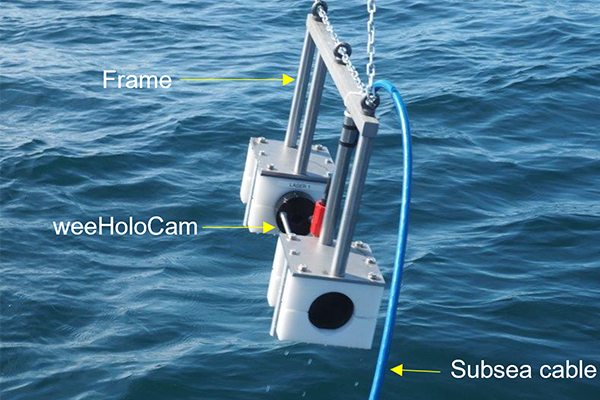
A research team in Scotland is exploring the use of holographic 3D imaging, machine learning and artificial intelligence (AI) to detect the presence of microscopic sea lice larvae in the sea.
Led by experts in engineering and digital holography from the University of Aberdeen, alongside the Scottish Association for Marine Science (SAMS), the project recently received a funding boost of over £538,000 (U.S. $658,800) from partners including the UK Seafood Innovation Fund (SIF) and the Sustainable Aquaculture Innovation Centre (SAIC). Electronics business Hi-Z 3D, seafood producer Mowi, the Scottish Environment Protection Agency (SEPA) and the Scottish Government’s Marine Directorate are also supporting the initiative.
Using advanced underwater holographic cameras and AI-based automated image identification technology, the system would enable researchers to identify the natural presence and abundance of sea lice in the ocean, while also assisting fish farmers with rapid sea lice detection and effective management at Scottish salmon farms. Currently, the most common way of testing for the parasite is to collect water samples to be analyzed in a lab under a microscope, which can take several days to return results.
“The type of camera being used in this project was first developed for the identification of marine organisms and microparticles in the ocean,” said Dr. Thangavel Thevar from the University of Aberdeen’s School of Engineering. “However, as it provides an accurate reflection of the different species present in the water, we saw an opportunity for the tool to be used to support the aquaculture sector with fish health management.”
Compared to standard cameras and 2D photography, digital holography has significant advantages when used for microorganisms. The holographic camera can instantaneously record a volume of water and extract high-resolution images of the various particles present in the water. One hologram, therefore, can provide a set of data equivalent to thousands of standard photographic images.
“The holographic imaging technology will be supported by AI and machine learning, which will help with the identification and cut processing time significantly,” said Thevar. “A major element of the project is to train the tool to recognize sea lice over other species, and the images gathered over the next 18 months will help us to create the baseline for future analysis.”
To train the software to detect the parasite, SAMS has set up a dedicated sea lice hatchery for the project and will be supplying sample images that will be used as a starting point for the imaging tool. Digitally labeled holographs will be fed into the system to help train it to separate sea lice from other plankton species.
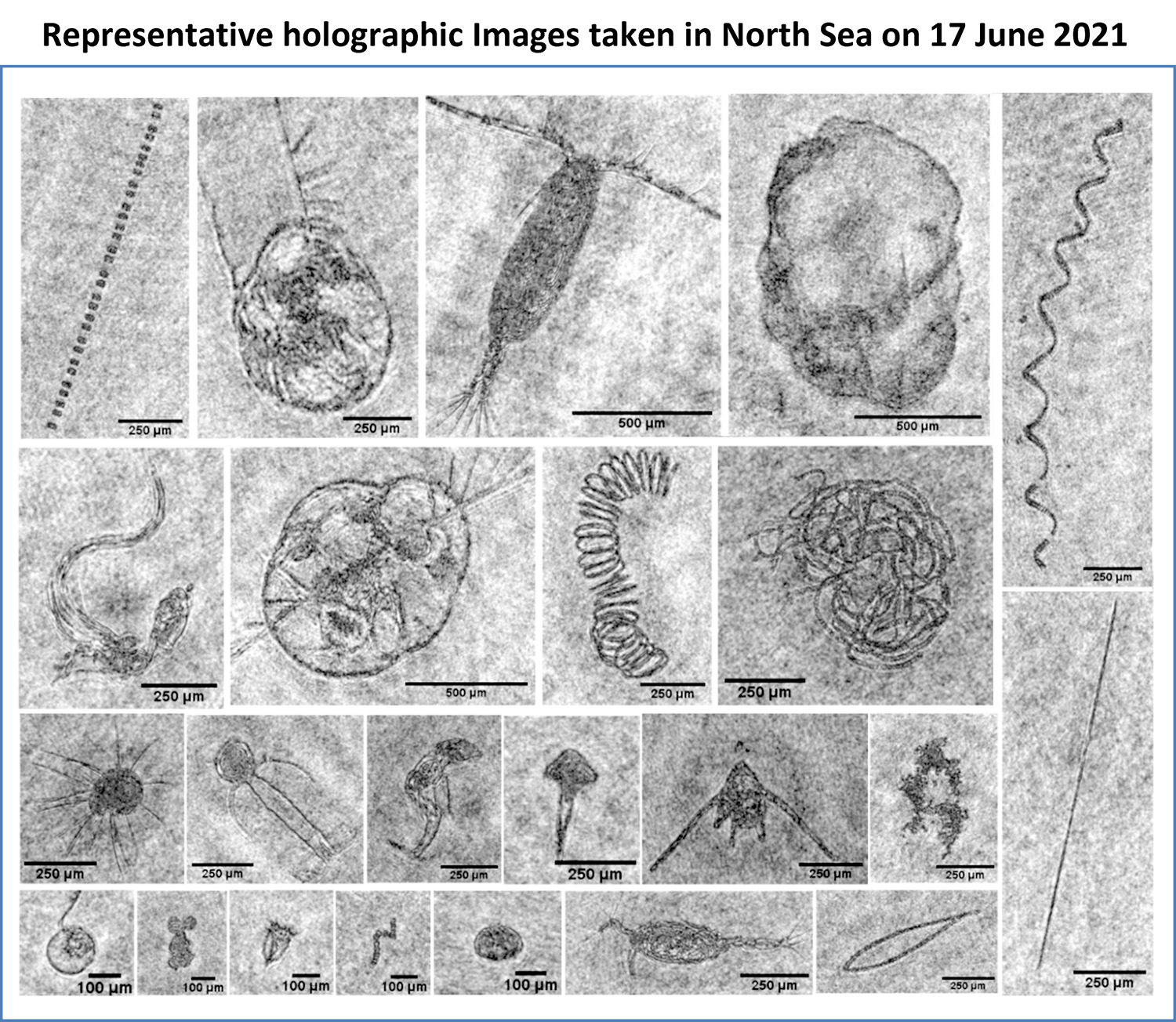
In the future, the system could be used by seafood producers as an early indication of sea lice at the larval stage, as well as being integrated into management strategies.
“It is exciting to see how new data-led techniques could support aquaculture to thrive,” said Heather Jones, CEO of SAIC. “This system could become a valuable tool in our armory for sustainably tackling the challenge of sea lice on salmon farms. Collaboration is a crucial element of its development, and this project could be transformational for fish health management, delivering economic value for the sector while minimizing its environmental footprint.”
Now that you've reached the end of the article ...
… please consider supporting GSA’s mission to advance responsible seafood practices through education, advocacy and third-party assurances. The Advocate aims to document the evolution of responsible seafood practices and share the expansive knowledge of our vast network of contributors.
By becoming a Global Seafood Alliance member, you’re ensuring that all of the pre-competitive work we do through member benefits, resources and events can continue. Individual membership costs just $50 a year.
Not a GSA member? Join us.
Author
-
Responsible Seafood Advocate
[103,114,111,46,100,111,111,102,97,101,115,108,97,98,111,108,103,64,114,111,116,105,100,101]
Tagged With
Related Posts
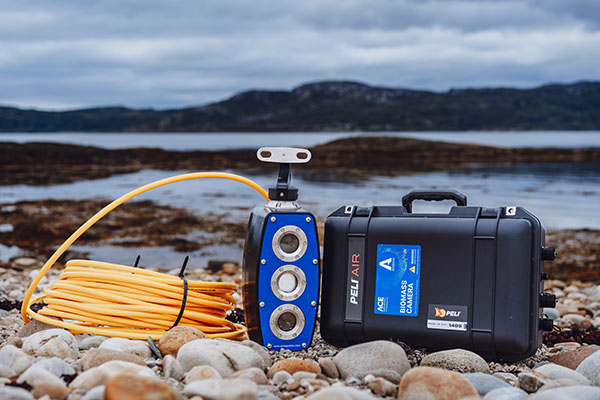
Innovation & Investment
New AI camera system can capture salmon biomass data
A newly launched biomass camera developed by Ace Aquatec uses AI to transform how salmon stocks are monitored and graded.
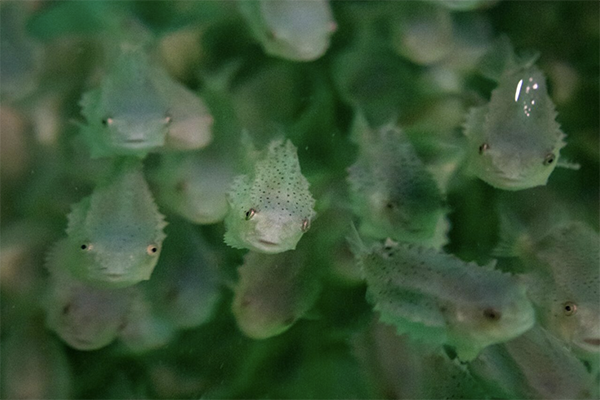
Innovation & Investment
Could new technology transform how salmon farming combats sea lice?
Sea lice plague salmon farms globally, but scientists and aquaculture are turning to technology to prevent and manage the pests.
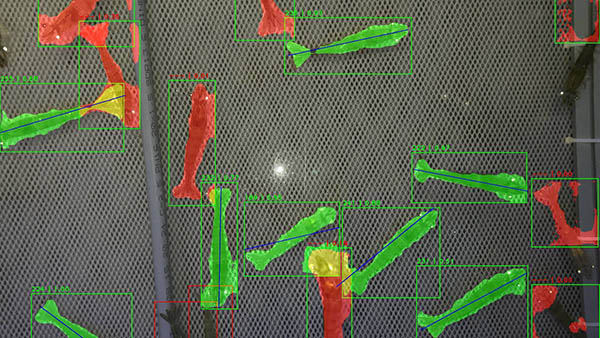
Innovation & Investment
New artificial intelligence technology can detect early stress symptoms in farmed shrimp
A new artificial intelligence-based computer vision system can count and measure shrimp with up to 95 percent accuracy.
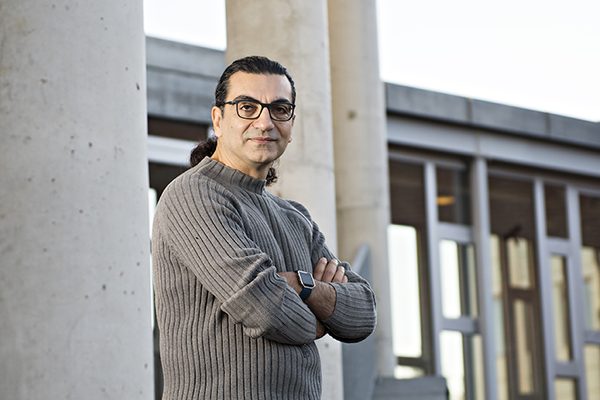
Health & Welfare
R&D collaboration to explore using AI to count sea lice
The Danish Technological Institute and Benchmark Genetics are exploring the use of artificial intelligence (AI) to count sea lice on salmon.



